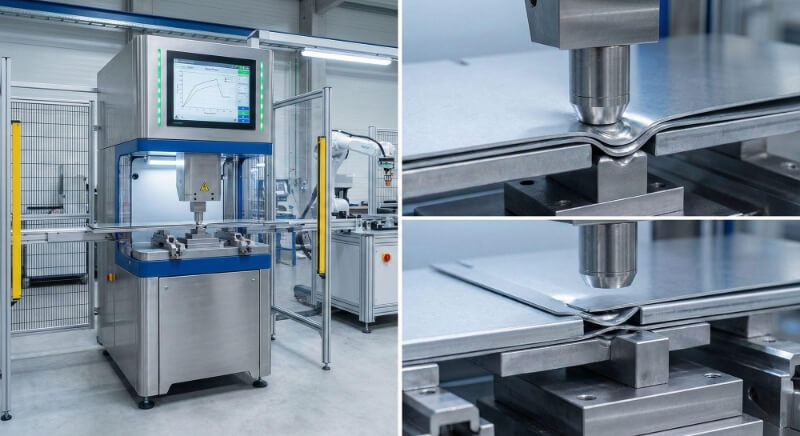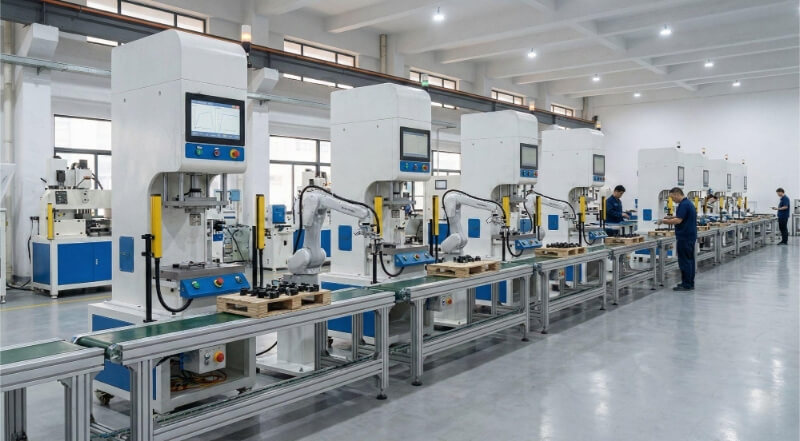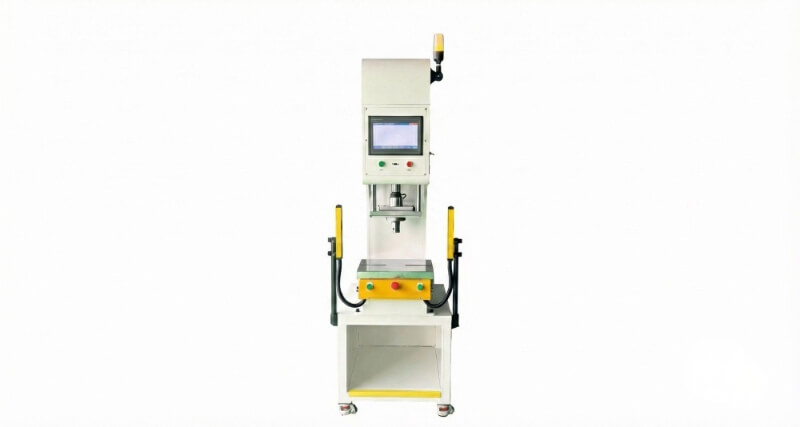Are you looking for a way to give your metal products a uniform, matte surface texture? Bead blasting might be the solution. This technique improves the appearance of metal parts and enhances their functionality. Whether you want to add texture or improve material adhesion, bead blasting offers various advantages for engineers and manufacturers alike.
In this article, we’ll explore how bead blasting works, its typical applications, and its benefits to manufacturing.
What is Bead Blasting?
Bead blast finish is a surface preparation process that improves the surface of metal parts by spraying fine glass or steel beads at high pressure. It removes rust, paint, or other contaminants while giving the part a semi-polished or satin finish.
Bead blasting is widely used for finishing metal parts to improve their appearance, increase corrosion resistance, and prepare surfaces for additional coatings.
When to Choose Bead Blast Finish
Bead blasting is versatile, but how do you know when it’s the best choice? When deciding whether to use a bead blast finish, consider your project’s specific needs.
1. You Need a Non-Reflective Surface
If your project requires a matte finish to reduce glare or light reflection, bead blasting is ideal.
2. You Want to Hide Imperfections
Bead blasting creates a uniform texture that masks minor scratches, dents, or machining marks.
3. You’re Preparing for Coatings or Paint
The slightly roughened surface from bead blasting improves adhesion for paints, coatings, or adhesives. If your part needs a protective layer or a decorative finish, bead blasting ensures it sticks better and lasts longer.
4. You Need a Clean, Contaminant-Free Surface
Bead blasting effectively removes rust, scale, and other contaminants.
5. You’re Working with Delicate Materials
Unlike harsher abrasive methods, bead blasting is gentle on materials. It’s suitable for softer metals like aluminum or thin sheets that could warp or deform under aggressive treatments.
The Bead Blasting Process: A Step-by-Step Overview
Bead blasting is a process where tiny, intricate beads are propelled at high velocity onto the surface of a material. Here’s how it works in a nutshell:
- Preparation: The part to be treated is cleaned to remove any oils, dirt, or other contaminants.
- Bead Selection: The right type of bead is chosen based on the material and desired finish.
- Blasting: The beads are blasted at the part using compressed air. The force of the beads hitting the surface creates a uniform, matte finish.
- Post-treatment: After blasting, parts are inspected for quality and may undergo additional processes such as coating or polishing.
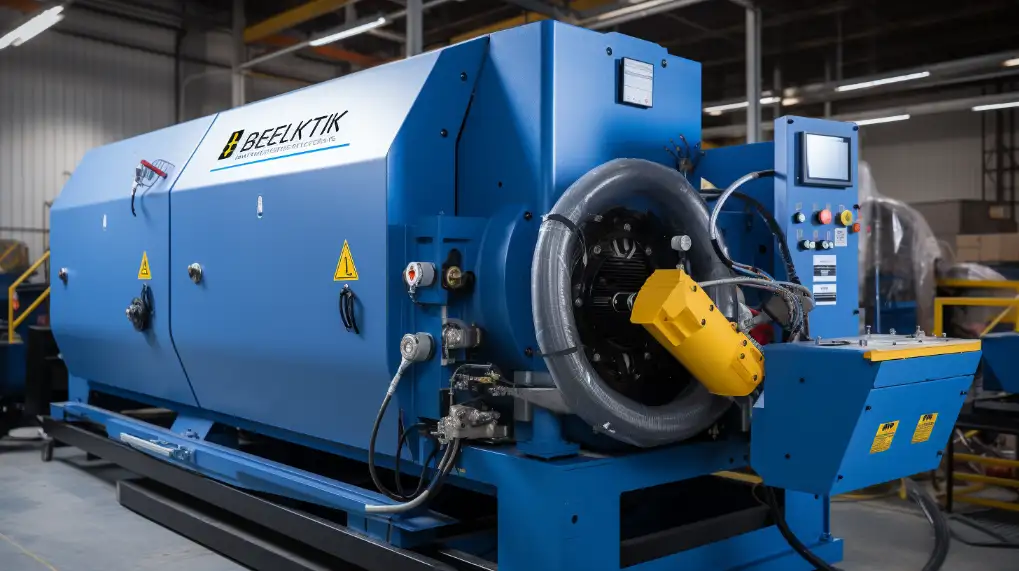
Tools Used for a Bead Blast Finish
You need the right tools to achieve a high-quality bead blast finish. Let’s examine the essential tools and their functions.
Bead Blaster Media
The media, or beads, are the heart of the bead blasting process. They determine the finish’s texture, quality, and effectiveness. Common types include:
- Glass Beads: A smooth, satin finish is ideal for cleaning and deburring metal without removing much material.
- Ceramic Beads: Typically harder and more durable, ceramic beads are often used for harder metals, giving a more textured finish.
- Steel Beads: Steel beads provide a more aggressive finish for heavy-duty applications, often for cleaning and roughening metal surfaces.
- Plastic Beads: Gentle and non-abrasive plastic beads are perfect for soft materials like plastics or thin metals.
Bead Blaster Cabinets
Bead blaster cabinets are enclosed workspaces designed to contain the blasting process. They include the media and debris, ensuring a clean and safe working environment.
Here are some of the essential components of a good glass bead blasting cabinet:
Seamless Cabinet Sealing
A well-sealed cabinet prevents media and dust from escaping. High-quality bead blaster cabinets use precision sealing techniques around the doors and seams to maintain efficiency.
View Window Protection
The view window allows operators to monitor the blasting process without opening the cabinet. High-quality cabinets use reinforced glass or polycarbonate windows to withstand the impact of the beads while maintaining visibility.
Bead Blaster Gun
The bead blaster gun directs the blasting media onto the part. It is typically held by the operator and connected to the compressed air system. The weapon can be adjusted for air pressure and media flow, providing flexibility for different finishes.
Blasting Gloves
Blasting gloves are an essential safety feature for operators. They allow workers to safely handle parts inside the bead blasting cabinet, protecting them from the abrasive media and any sharp edges on the parts.
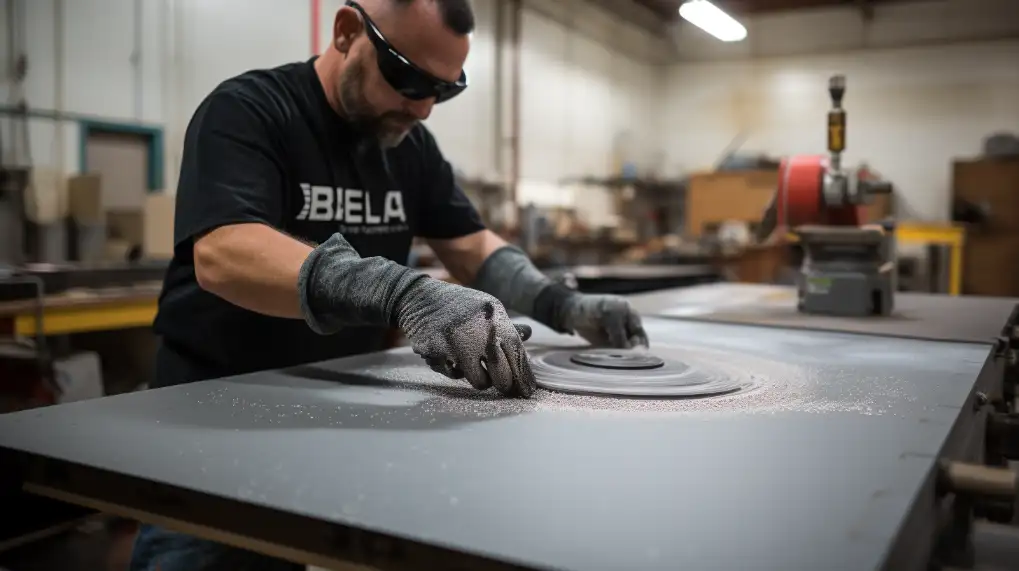
Pros and Cons of Bead Blast Finish
Bead blasting is a widely used finishing technique, but it has advantages and limitations like all processes. Here’s a closer look at both sides:
Pros:
- Improved Surface Quality: Bead blasting creates a smooth, even surface that reduces roughness and imperfections, enhancing the overall appearance of metal parts.
- Increased Durability: The process can improve the material’s resistance to corrosion by removing contaminants and creating a uniform surface that helps coatings adhere better.
- Minimal Material Removal: Unlike other methods like grinding or sanding, bead blasting doesn’t remove much material.
- Versatile Application: It can be used on steel, aluminum, and even softer metals like brass or copper, making it suitable for many industries.
- Cost-Effective: Bead blasting is a relatively low-cost process compared to other finishing methods like polishing or chemical treatments, making it an economical choice for high-volume production.
Cons:
- Limited Surface Roughness Control: While bead blasting provides a smooth finish, it may not achieve the desired level of roughness for some applications, such as parts that need to be highly textured.
- Time-Consuming for Larger Parts: Bead blasting smaller parts can be quick, but for larger, more intricate components, the process may take longer to achieve uniform results.
- Environmental Concerns: The process can create airborne dust, and improperly contained blast media may lead to environmental contamination.
- Surface Stress: In some cases, the high-pressure impact from the beads can cause slight stress or warping in softer metals. Careful pressure adjustment is needed to avoid this issue.
Key Industries Using Bead Blast Finish
Bead blasting is a versatile surface finishing technique that is used in a wide range of industries. Let’s explore the key industries that benefit from bead blast finishes.
Aerospace
In the aerospace industry, precision and reliability are paramount. Bead blasting is used to:
- Prepare surfaces for coatings: This ensures proper adhesion of protective coatings that guard against corrosion and wear.
- Reduce Reflectivity: Bead blasting creates a non-reflective finish, crucial for components exposed to sunlight or other light sources.
- Clean Critical Parts: It removes contaminants and oxidation from engine components and structural parts, ensuring they meet strict safety standards.
Automotive
The automotive industry relies on bead blasting for both functional and aesthetic purposes. Common applications include:
- Engine Components: Bead blasting cleans and smooths engine parts, improving performance and longevity.
- Decorative Finishes: It gives car parts like rims, exhaust systems, and trim pieces a sleek, matte look.
- Restoration Projects: Bead blasting removes rust and old paint from vintage cars, preparing them for restoration.
Electronics and Semiconductors
In the electronics and semiconductor industries, bead blasting plays a crucial role in:
- Creating Non-Reflective Surfaces: It reduces glare on electronic enclosures and components, improving visibility and usability.
- Preparing Surfaces for Bonding: The process ensures strong adhesion for coatings and adhesives used in circuit boards and other electronic assemblies.
- Cleaning Delicate Parts: Bead blasting gently removes contaminants without damaging sensitive materials.
Medical Devices
The medical device industry demands high levels of cleanliness and precision. Bead blasting is used to:
- Create Sterile Surfaces: It removes contaminants and creates smooth, easy-to-clean surfaces for surgical instruments and implants.
- Enhance Aesthetics: Bead blasting gives medical devices a professional, matte finish that meets industry standards.
- Improve Functionality: The process ensures that components fit together perfectly, reducing the risk of failure.
Architecture and Design
In architecture and design, bead blasting is valued for its ability to enhance both form and function. Applications include:
- Decorative Metalwork: Bead blasting creates attractive, matte finishes on metal fixtures, railings, and sculptures.
- Surface Preparation: It prepares metal surfaces for painting or coating, ensuring a durable and long-lasting finish.
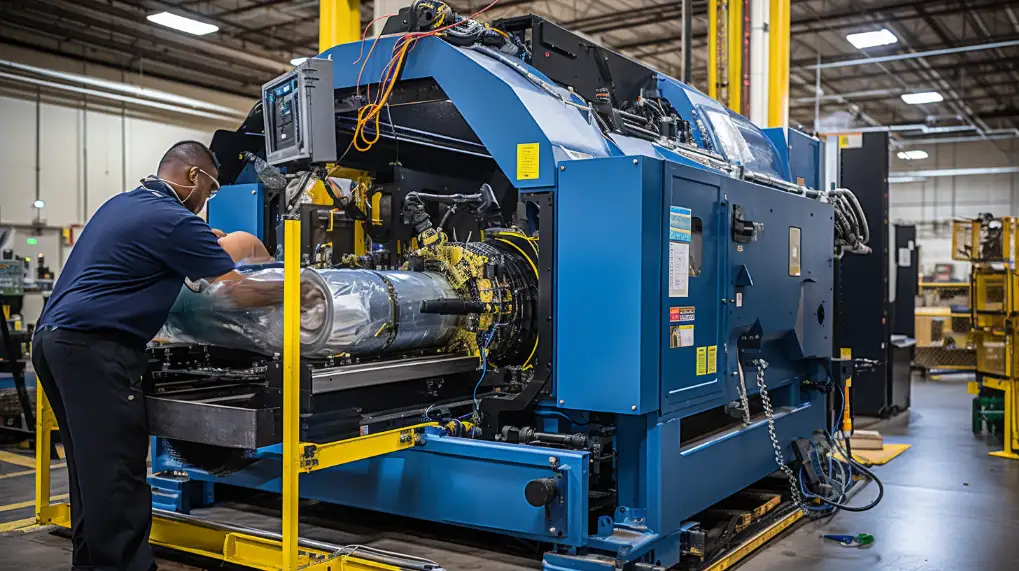
Bead Blasting vs Sand Blasting: Key Differences
While bead blasting and sandblasting are surface finishing techniques, they differ in media used, application, and results. Here’s a comparison of the two:
Media Used
- Bead Blasting: Uses fine glass, ceramic, or plastic beads. These media are less aggressive and create a smooth, matte finish.
- Sand Blasting: Sand or other abrasive materials like aluminum oxide or silicon carbide are used. These media are more aggressive and can remove material more quickly.
Finish and Surface Quality
- Bead Blasting: Provides a smooth, uniform matte finish with minimal texture.
- Sand Blasting: Produces a rougher, more textured finish.
Application and Purpose
- Bead Blasting: Commonly used for cleaning, finishing, and preparing surfaces for coatings.
- Sand Blasting: Used for heavy-duty tasks like removing rust, paint, or scale from large surfaces.
Material Impact
- Bead Blasting: Gentle on softer materials like aluminum, plastics, and thin metals. It’s less likely to cause warping or damage.
- Sand Blasting: Suitable for more complex materials like steel and cast iron. It can be too harsh for delicate or soft materials.
Cost and Efficiency
- Bead Blasting: Generally more cost-effective for fine finishing and delicate work. The media is reusable, reducing long-term costs.
- Sand Blasting: While sandblasting is often more affordable and efficient for more significant parts, it’s more suited to jobs where the goal is cleaning or roughening rather than finishing.
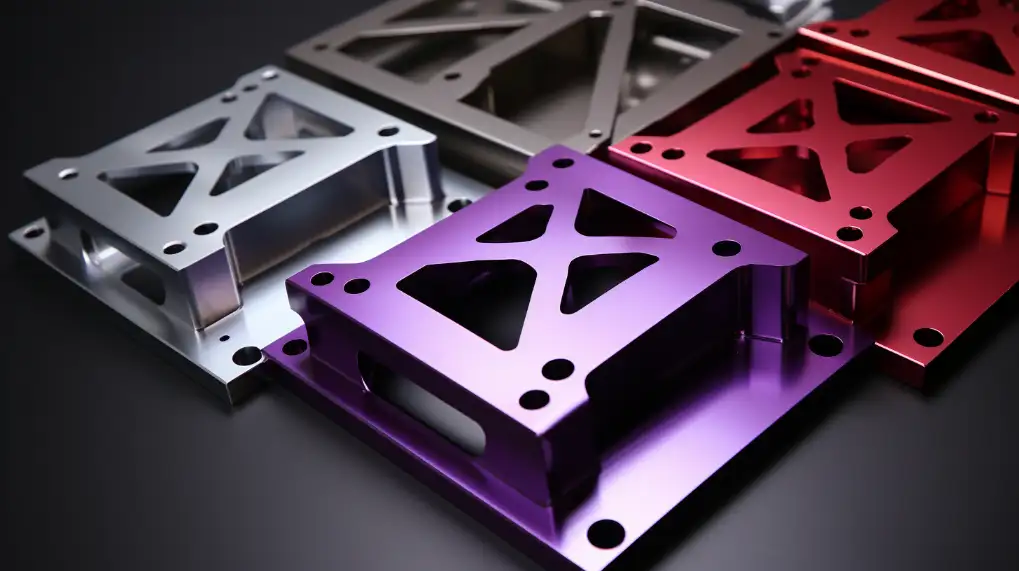
Best Practices for Bead Blast Finishes
Several key practices must be followed to achieve the best results with bead blasting. These steps help ensure a smooth, consistent finish while preventing potential issues compromising the part’s performance or appearance.
Use Low Pressure for Bead Blasting
High-pressure blasting can be too aggressive and might alter the shape of the part or cause unwanted texture. You can gently clean and finish the part without damaging it by controlling the pressure.
Strip off Any Rust or Oxides Before Bead Blasting
Bead blasting over rust or oxide can interfere with achieving a clean, uniform finish. By stripping away these contaminants, you help the beads create a more consistent surface texture and improve adhesion if the part is going to be coated or painted afterward.
Avoid Tight Surface Roughness Callouts
While bead blasting can create a pleasing, matte finish, it’s important to avoid overly tight surface roughness specifications when setting expectations. Bead blasting is not designed to achieve extremely fine or highly polished finishes. It’s best suited for achieving a consistent, uniform matte surface with moderate roughness.
Conclusion
Bead blasting is a versatile and practical surface finishing technique that enhances metal parts’ appearance, durability, and performance. It provides a smooth, uniform matte finish, making it ideal for industries like aerospace, automotive, and medical devices.
Bead blasting is a great option for improving the surface quality of metal parts. Need help with your next project? Contact us today to learn how we can assist you with tailored surface finishing solutions.
FAQs
What is the purpose of bead blasting?
Bead blasting creates a smooth, matte finish on metal parts, improves corrosion resistance, and prepares surfaces for coatings or further treatments.
Can bead blasting cause damage to parts?
If done with high pressure or incorrect beads, bead blasting can cause surface damage or slight warping. Using the correct pressure and media helps avoid this.
Can you bead blast stainless steel?
Yes, bead blasting is commonly used on stainless steel to improve surface quality and prepare it for further processing, such as coating.
Is bead blasting suitable for all materials?
Bead blasting works well on many materials, including steel, aluminum, and titanium. However, softer materials may require gentler methods to avoid surface damage.
Hey, I'm Kevin Lee

For the past 10 years, I’ve been immersed in various forms of sheet metal fabrication, sharing cool insights here from my experiences across diverse workshops.
Get in touch

Kevin Lee
I have over ten years of professional experience in sheet metal fabrication, specializing in laser cutting, bending, welding, and surface treatment techniques. As the Technical Director at Shengen, I am committed to solving complex manufacturing challenges and driving innovation and quality in each project.

